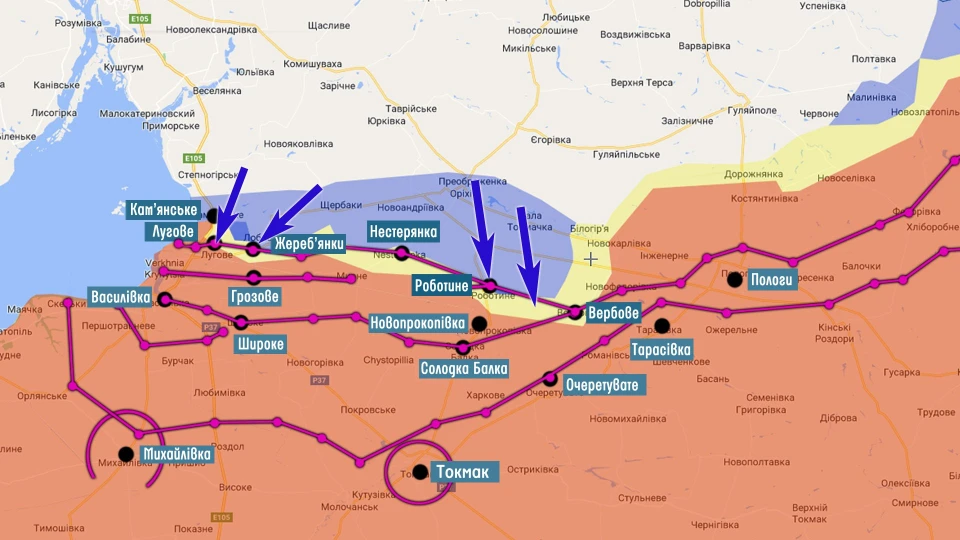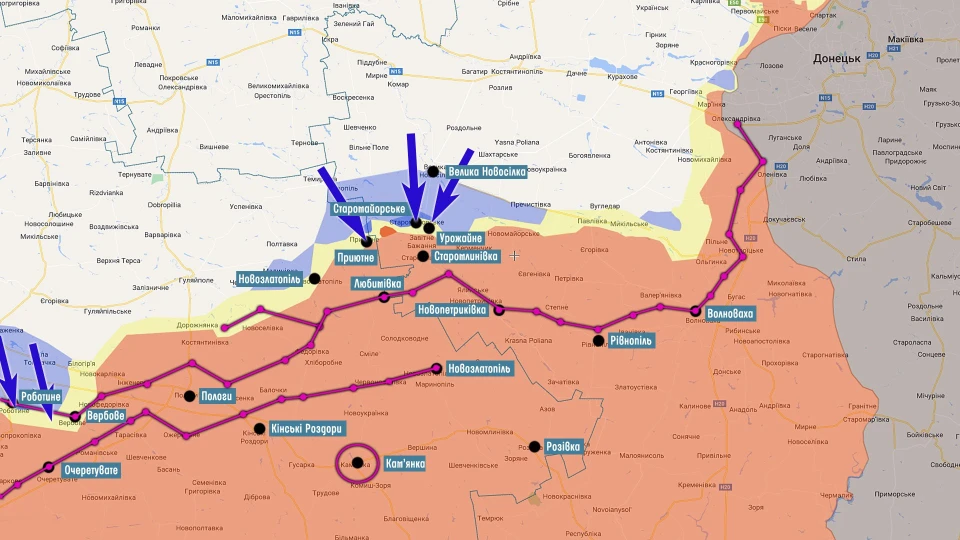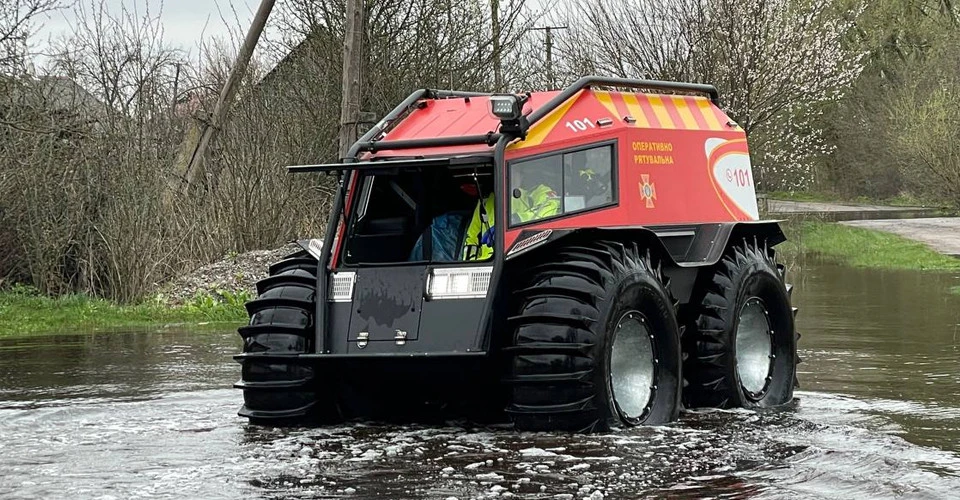
Ukrainian drones get better while Russian air defense system can't protect Moscow – military expert Serhiy Zgurets
On August 1, drones attacked the decision-making center in Moscow for the second consecutive night. It's very significant that the drones targeted the same building as the previous day
Drone attacks on Moscow
For the second consecutive night, drones targeted the decision-making center in the capital of the aggressor country. Moscow experienced another drone attack. The Russian Ministry of Defense claimed they used electronic warfare to suppress the drones, but nevertheless some drones ended up hitting a Moscow-City skyscraper. The high-rise tower houses the Ministry of Industry and Trade, other ministries, and various institutions. The drones struck the same building as the previous day but on different floors.
Ukraine denies responsibility for these strikes, but their comments suggest otherwise. They have mentioned that the fighting should extend to the territory of Russia, which seems like a reasonable approach to the conflict.
From this, we can draw two conclusions. Firstly, Ukrainian drones are showing improvement, as hitting the same building accurately two days in a row indicates their technical capabilities. These drones, known as Beaver, were previously showcased on Ukrainian volunteer platforms. They can cover long distances, up to 1000 km, and carry significant explosive payloads for combat missions. Secondly, the Russian air defense system seems unable to effectively protect Moscow. As the attacks increase, this weakness becomes more evident. Although the current strikes haven't completely crippled the Russian economy, escalating attacks could cause much greater damage to the enemy. Moreover, targeting the decision-making center also impacts Russian citizens, making them realize the war with Ukraine is no longer distant but on their own territory and in their capital. This highlights the ineffectiveness of the Russian political and military authorities in providing protection and defense.
Ammunition supply for Ukraine
More bullets and shells are needed, not just drones. The Financial Times reported that the Ukrainian Armed Forces are using more ammunition than before during their attacks. They fire up to 8,000 shells every day, which is a big increase compared to the previous norm of 2 to 5 thousand shells per day.
To make sure there's always enough ammunition, the US is working on a few things to keep the supply going. They are making more ammunition in their own country and also asking countries like Bulgaria, South Korea, and Japan to produce and send ammunition to the USA, and then to Ukraine.
One contract already exists for 500,000 ammunition to go from South Korea to the USA and then the same amount will be sent to Ukraine. To ensure there's enough ammunition right now, the US has sent cluster munitions to Ukraine. These are being used actively on the front line and causing significant damage to the enemy. We need these ammunition both for attacking and defending.
The situation on the front line
Ukrainian defenders are continuing to make progress in the Bakhmut, Melitopol, and Berdyansk directions. The enemy is attempting offensive actions on the Svatove-Kreminna line, where active fighting is still ongoing. In some areas, there is relative calm, like in Vuhledar, which had seen prolonged hostilities but is now experiencing a pause. However, it's crucial to remember that Vuhledar is the shortest route for our forces to reach the coast of the Sea of Azov.
Nazarii Kishak, the commander of the machine gun platoon of the 72nd separate mechanized brigade and an officer of the Armed Forces of Ukraine, reported that the enemy never stopped their attacks. They regularly use artillery, mortars, and tanks in both front and rear positions. The aggressor also targets populated areas like Yelyzavetivka, Kostyantynivka, and Kurakhove. The enemy is cunning and dangerous.

According to the officer, the enemy is unlikely to move in the Vuhledar direction, except for attempting provocations or small assaults. They are well aware that moving in a large group would result in their complete defeat, just like what happened to the 155th Marine Corps of the Russian Federation.

The commander noted that the enemy is reinforcing each direction with additional units, including groups like Storm-Z, which are scattered across the front line to support their efforts, they are the lowest quality formations. Additionally, regular troops from the Russian army are involved. Consequently, we must stay vigilant and prepared at all times, as Kishak emphasized.
All-terrain vehicles from the Ukrainian manufacturer
Let's discuss the weapons needed on the battlefield. Besides collecting pickups and other cars, there are essential all-terrain vehicles that the Ukrainian military uses, but they haven't been widely purchased yet. The company makes these unique and versatile Bohun all-terrain vehicles, offering the AFU a new universal platform.
Ihor Kornilov, the head of Bohun projects, mentioned that his company is a global leader in all-terrain vehicle production. Ukrainian all-terrain vehicles have unmatched capabilities and features worldwide. They have adapted three models for the Armed Forces, with two of them being piloted. The company also produces unmanned platforms that can be equipped according to specific tasks. These vehicles are valuable in places where certain vehicles, including aviation, can't operate. People often call them amphibious all-terrain vehicles because they can move on any terrain, including swamps, fallen trees, and even through water at varying depths.

Since the war's start, Bohun has provided five all-terrain vehicles free of charge for the Armed Forces' needs. The military has given positive feedback about this equipment. For instance, when our defenders were surrounded in Sievierodonetsk, they urgently required ammunition, provisions, and wounded evacuation. The all-terrain vehicles were irreplaceable in those harsh conditions. They moved through rough terrain and crossed the Siverskyi Donets River, ensuring the successful completion of these tasks. These vehicles were also used during the Dnipro River crossing and to support our military groups on the right bank, as using boats became too dangerous. The all-terrain vehicles played a crucial role in actions in the Kherson direction.
Kornilov mentioned that the all-terrain vehicle manufacturer hasn't received an official order from the Armed Forces yet. The main obstacle might be the complex and time-consuming procedures required to start using this technology. However, the Ukrainian company's all-terrain vehicles have been used by the State Emergency Service for many years. These vehicles have proven their importance during rescue operations, like after the terrorist attack on the Kakhovska HPP. The company delivered 10 all-terrain vehicles to help with the aftermath of that attack.
He also added that the company's new focus is on a robotic platform with a wheel base and an electric drive powered by two lithium batteries. There are two types of this platform that can be adapted for various uses, like performing logistical tasks, setting up a mobile firing point, or transporting the wounded. They are also working on upgrading the communication modules to protect this platform from enemy electronic warfare.
Kornilov concluded that their current production capacity allows them to make up to 30 units of equipment per month. Moreover, the company can scale up and increase production quickly to meet the demand for all-terrain vehicles and platforms in the future.
- News













































